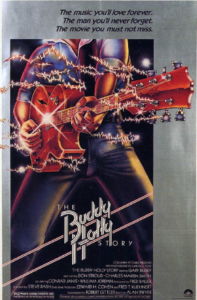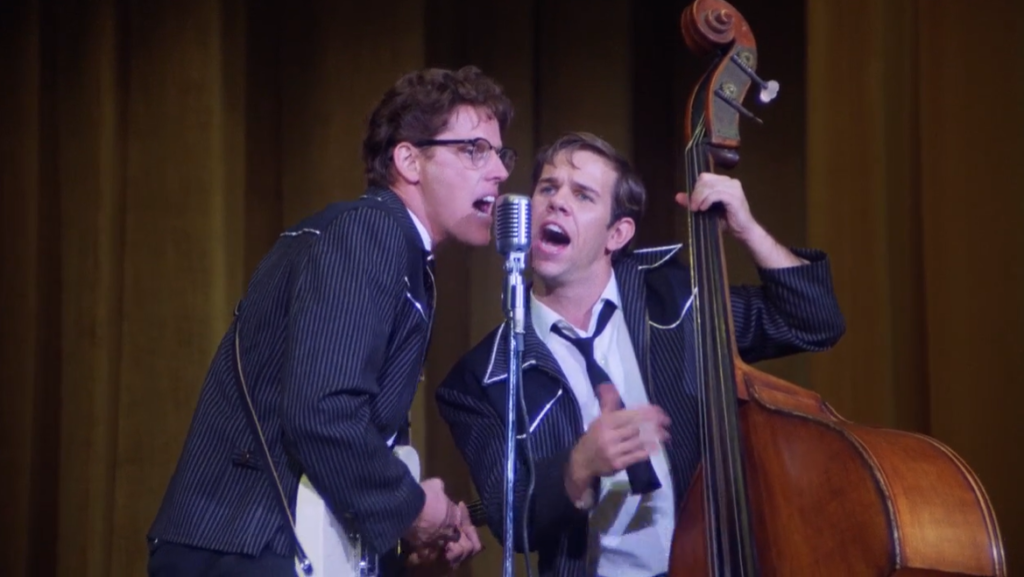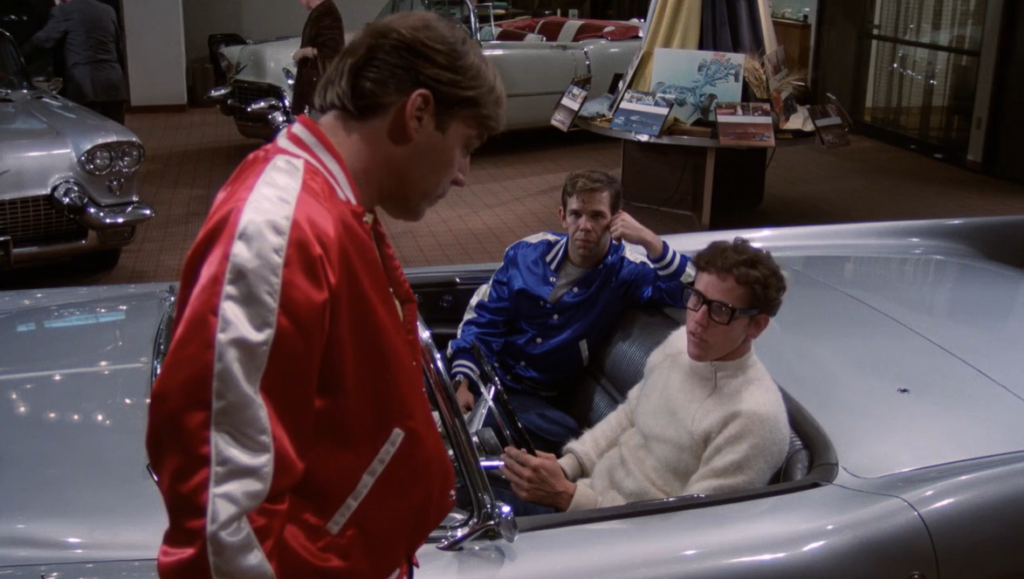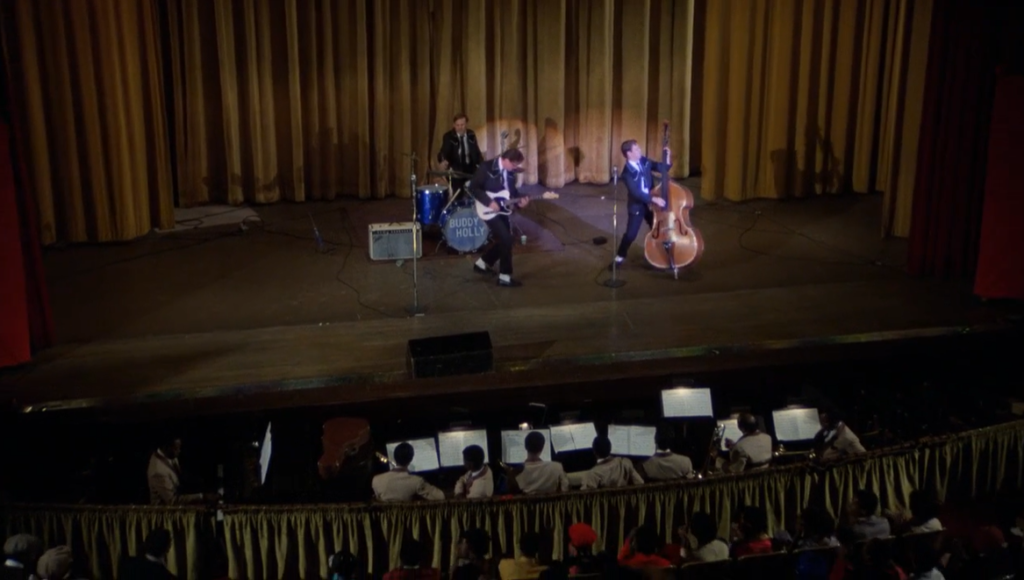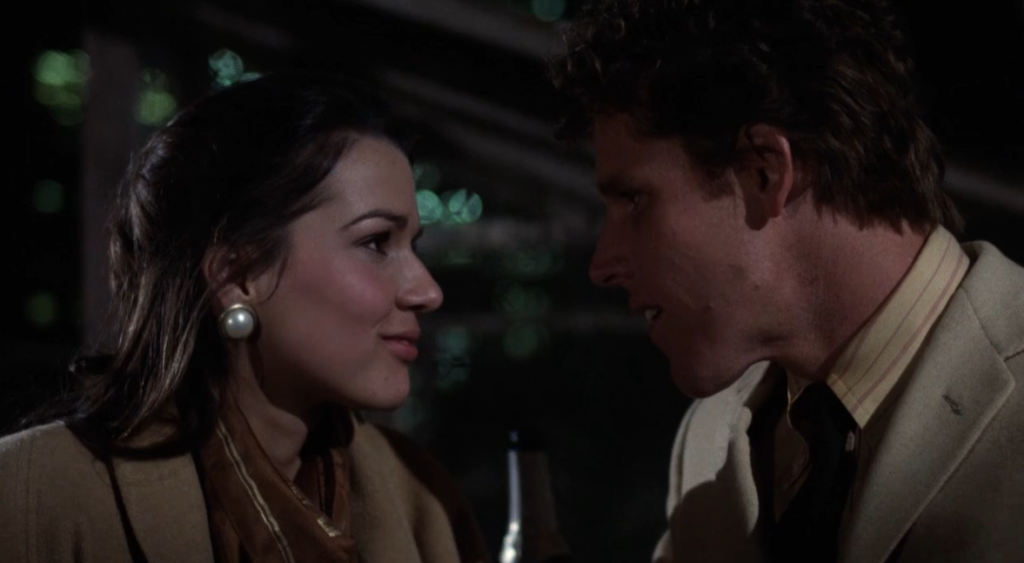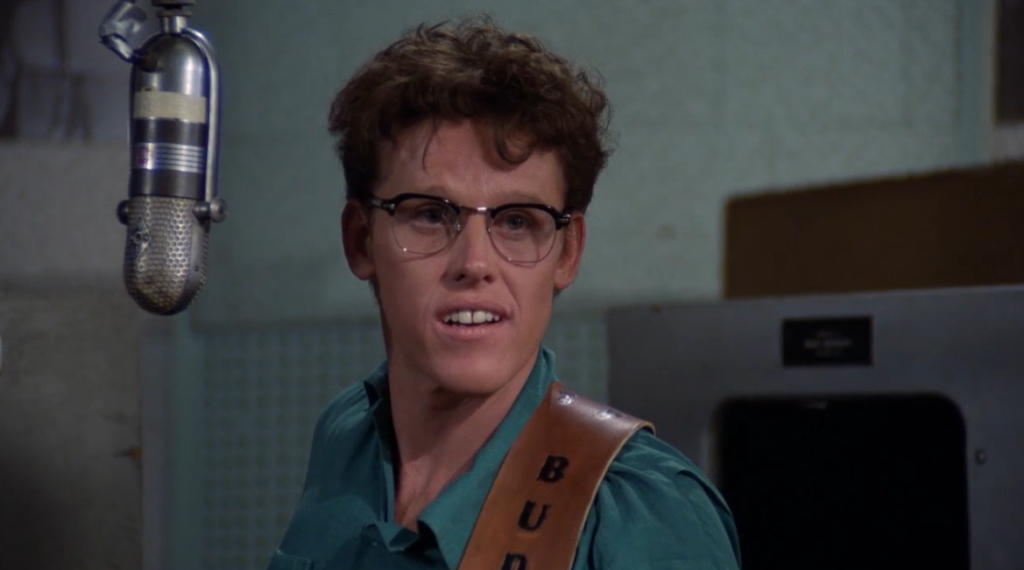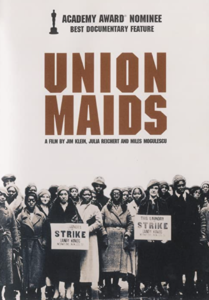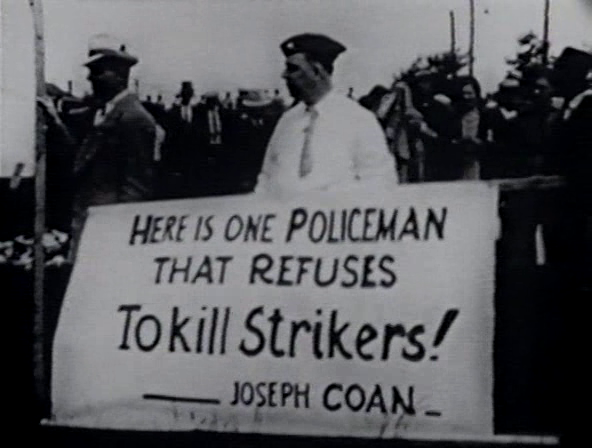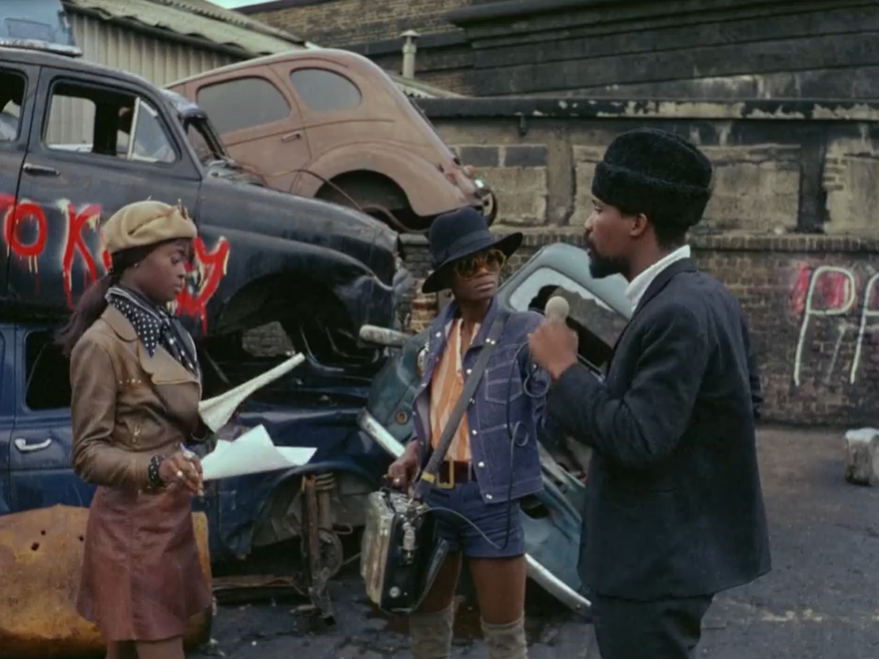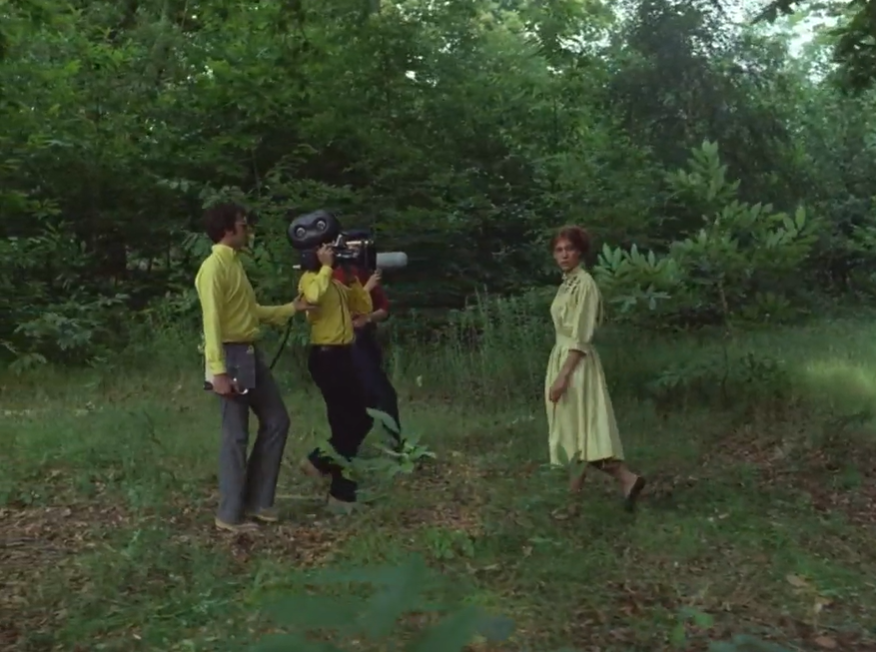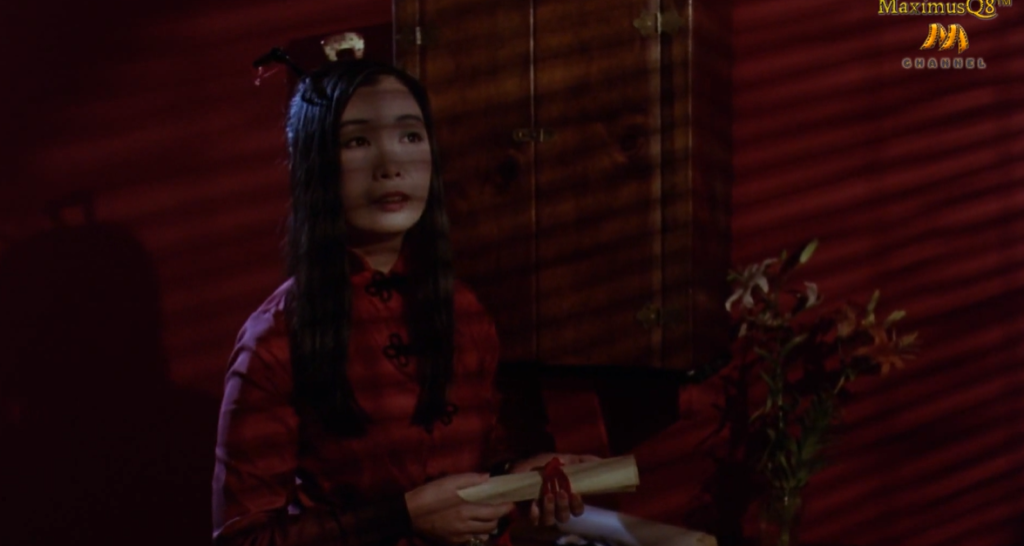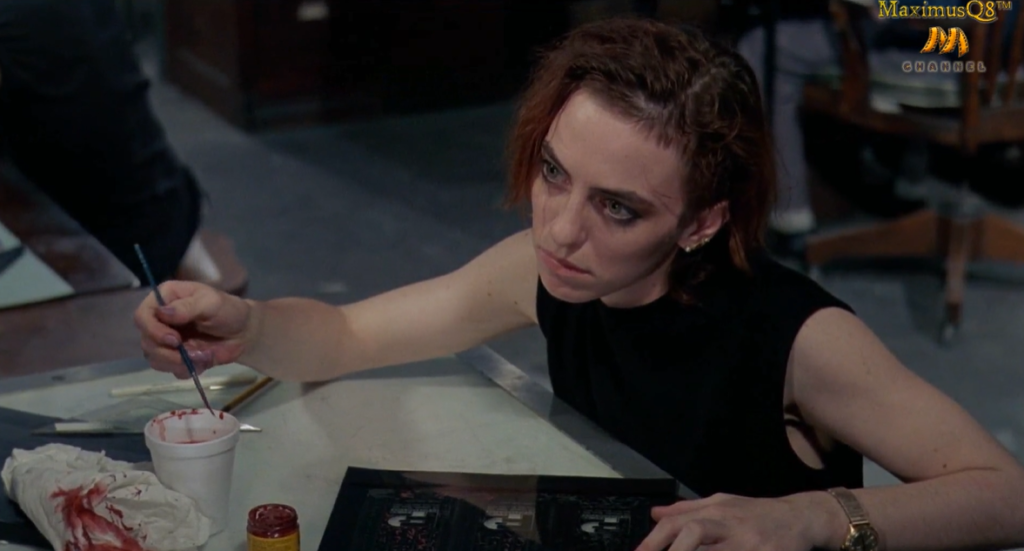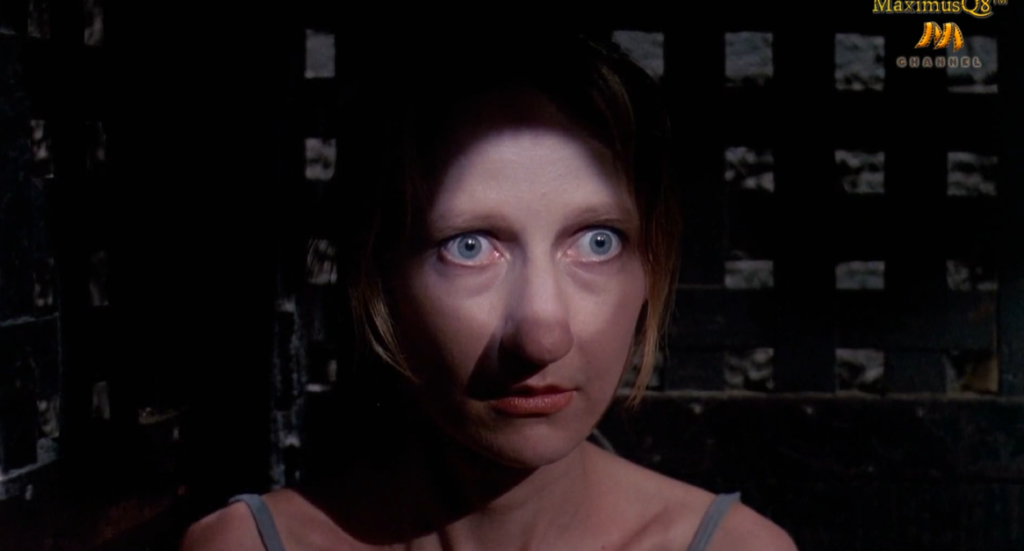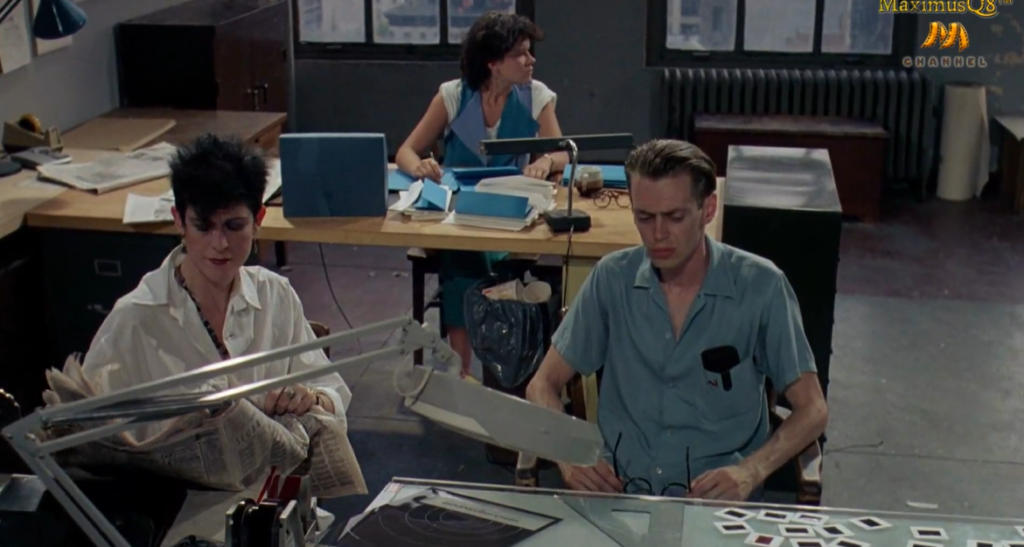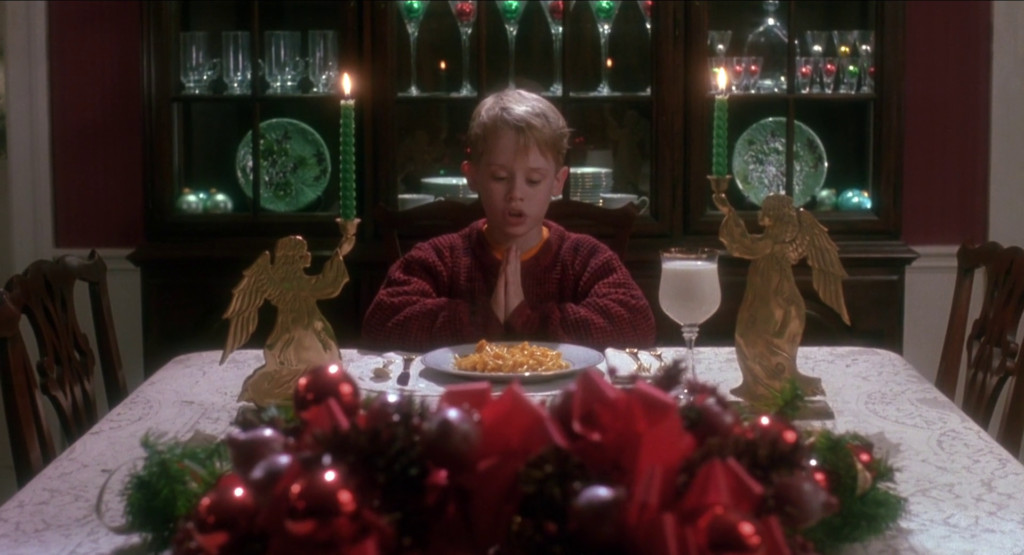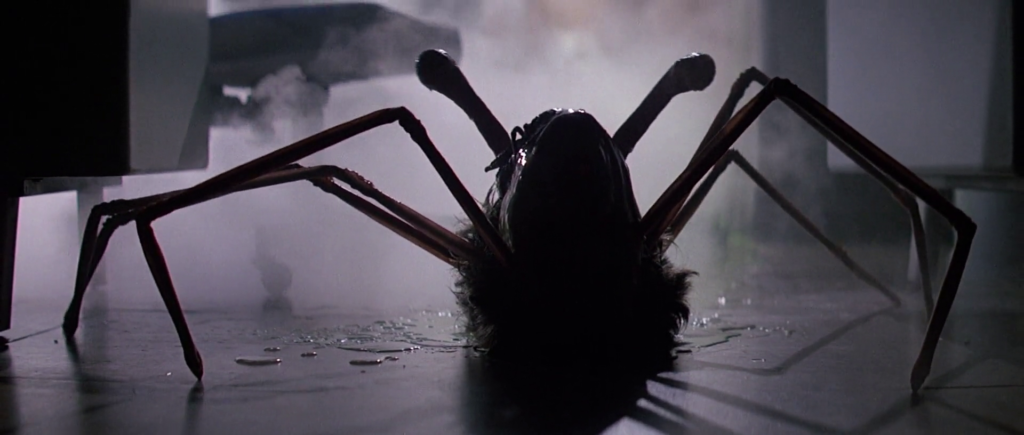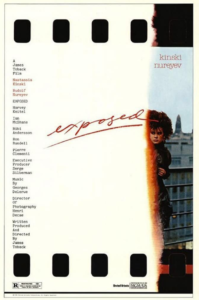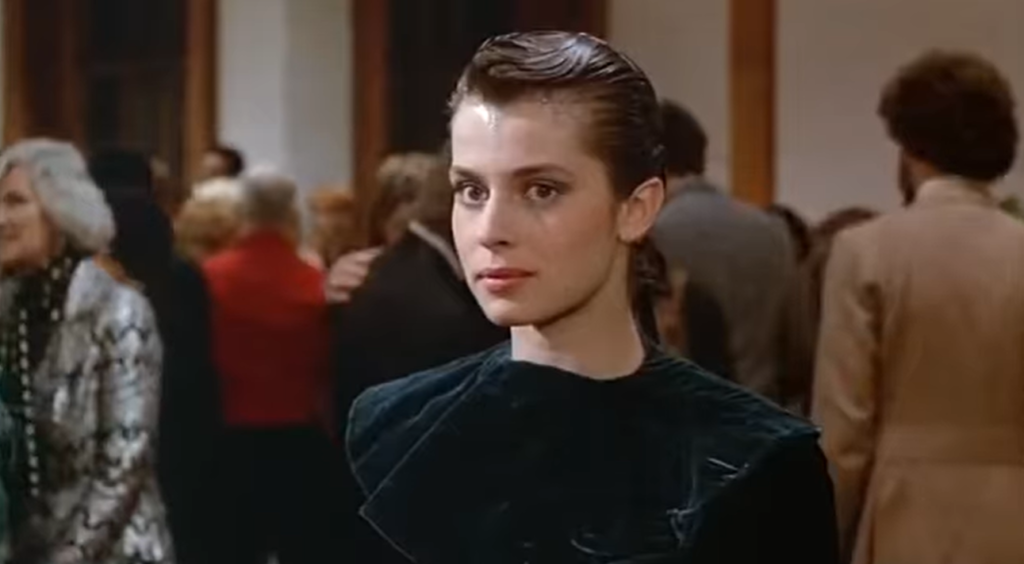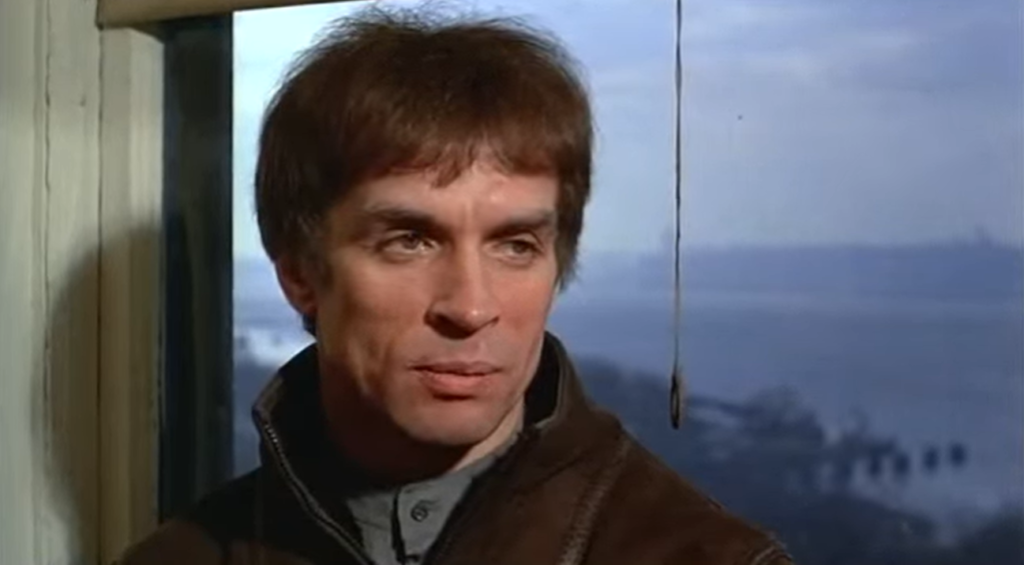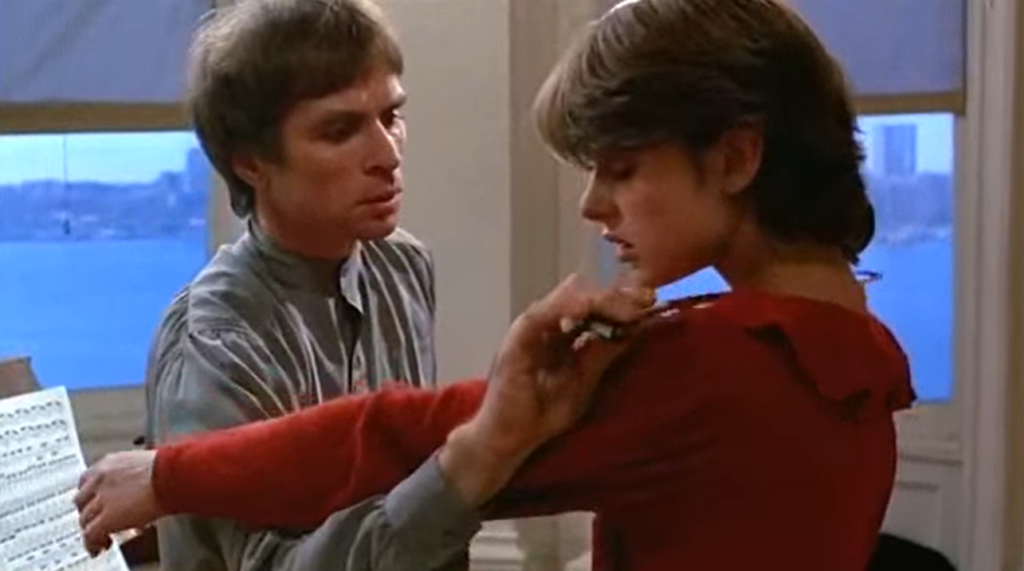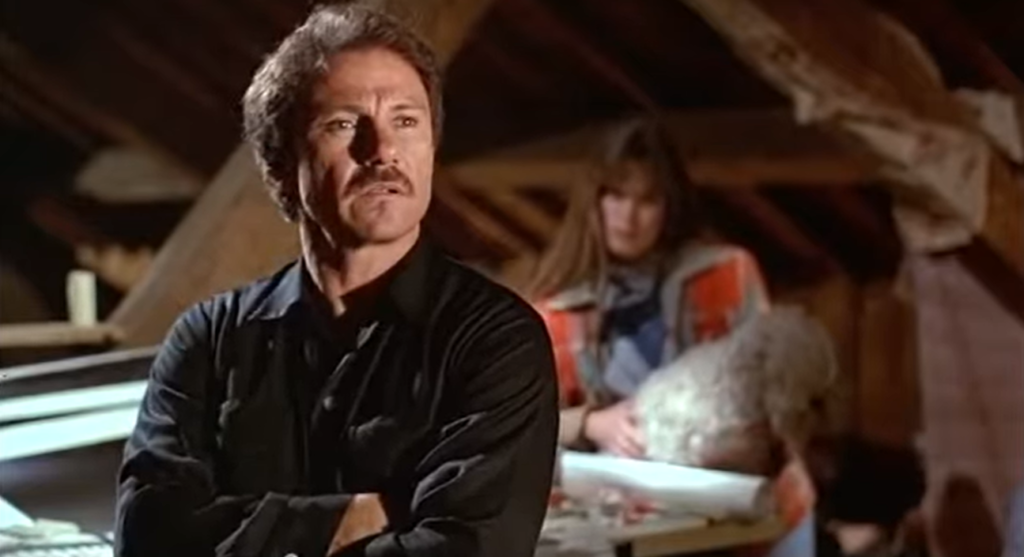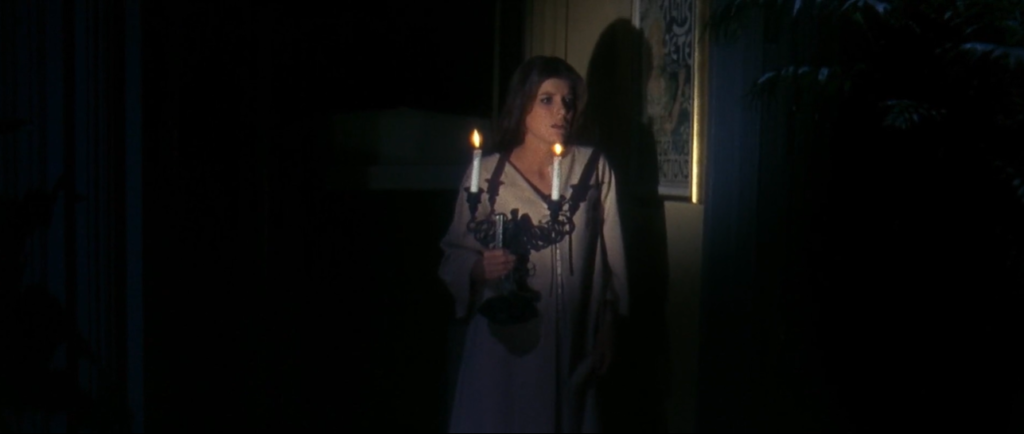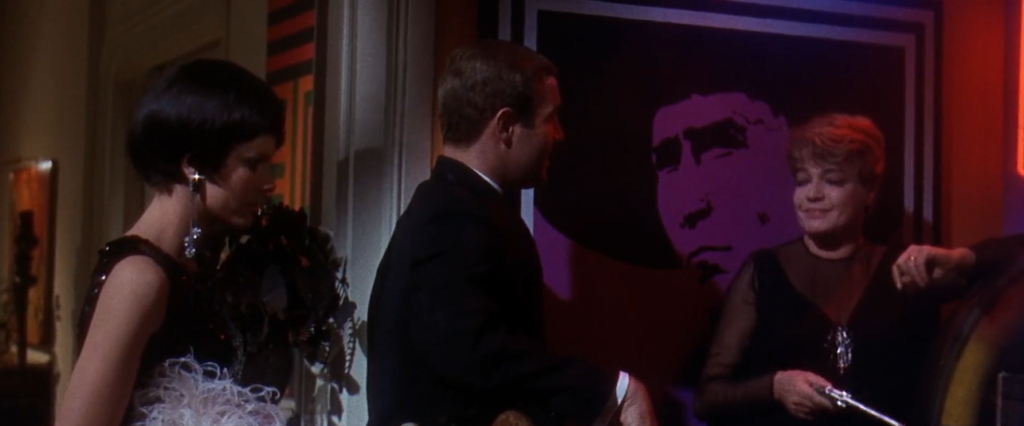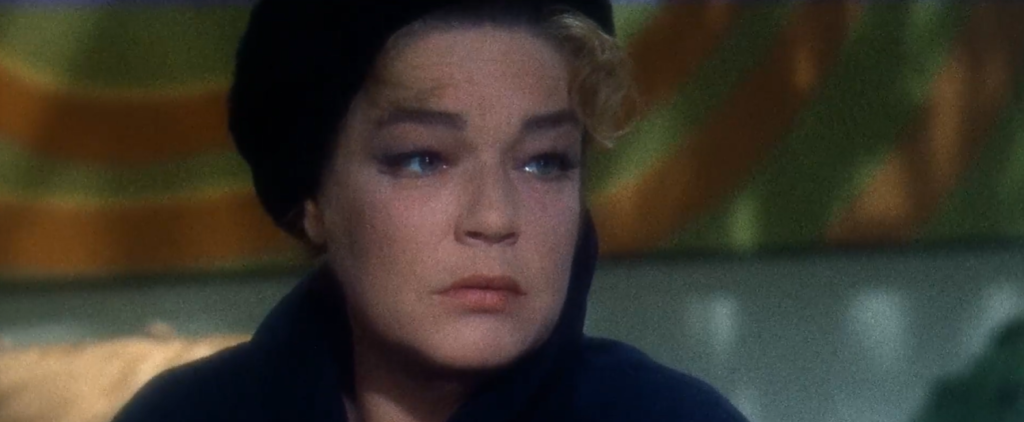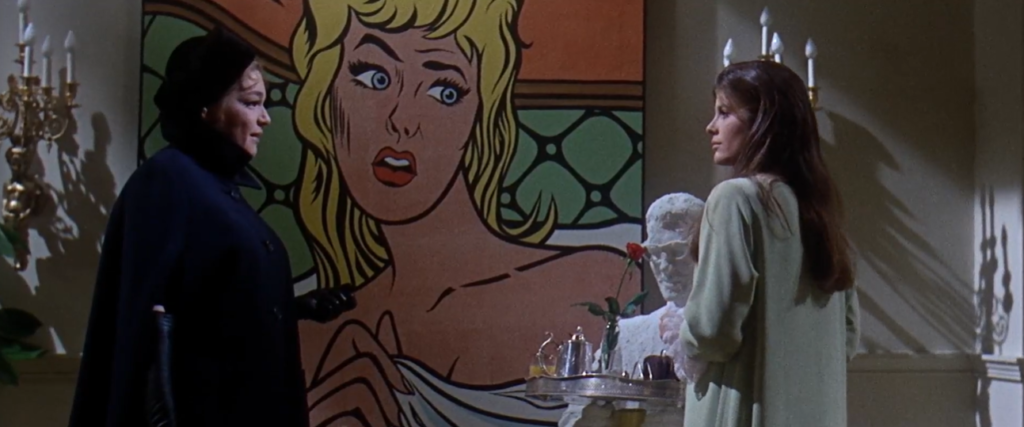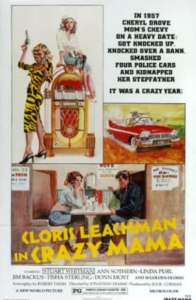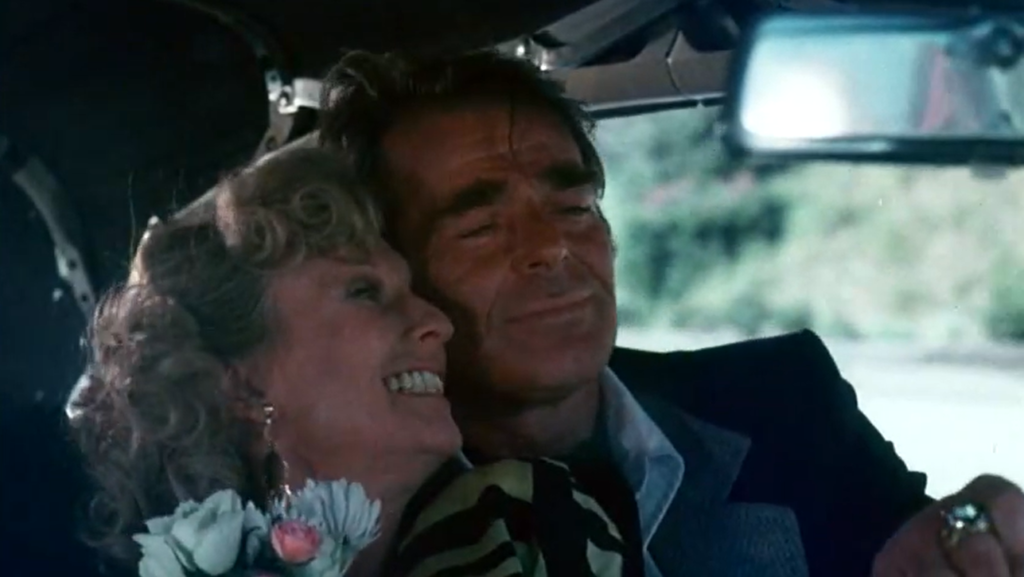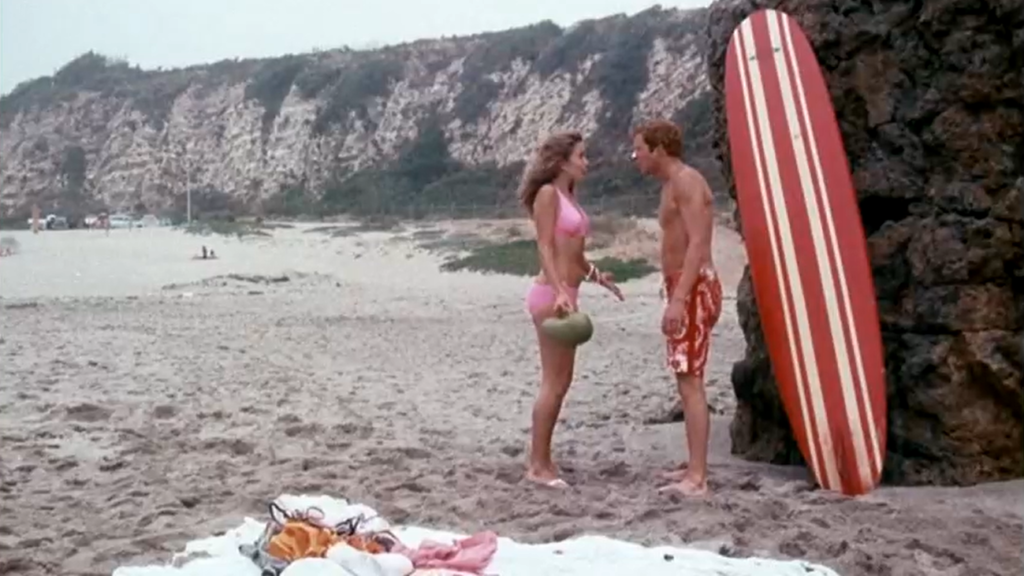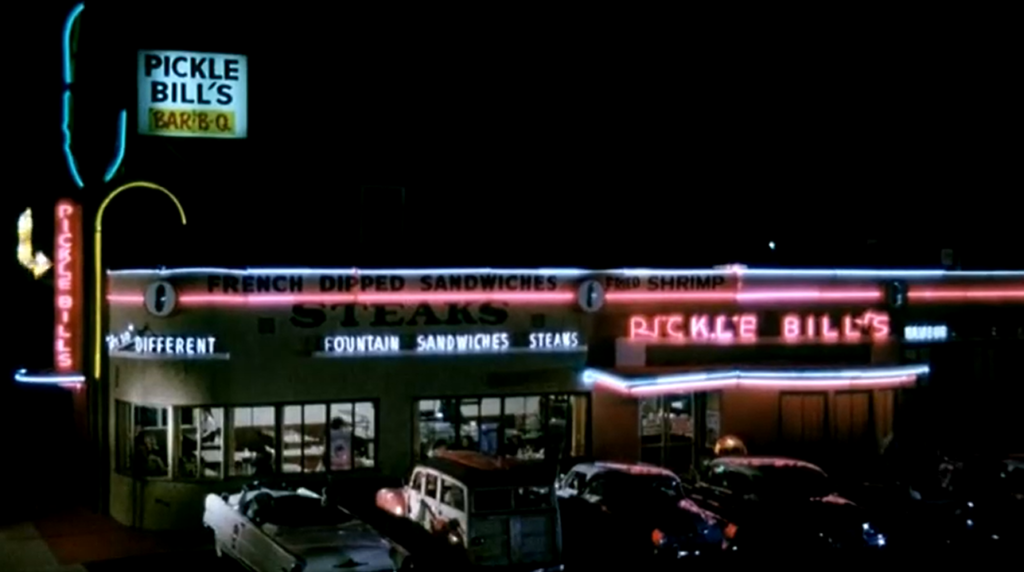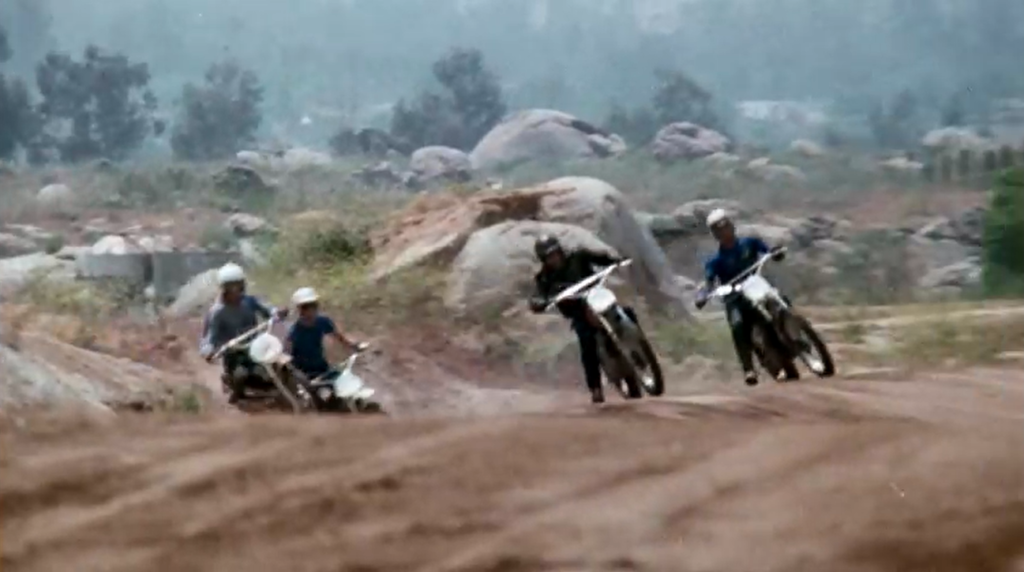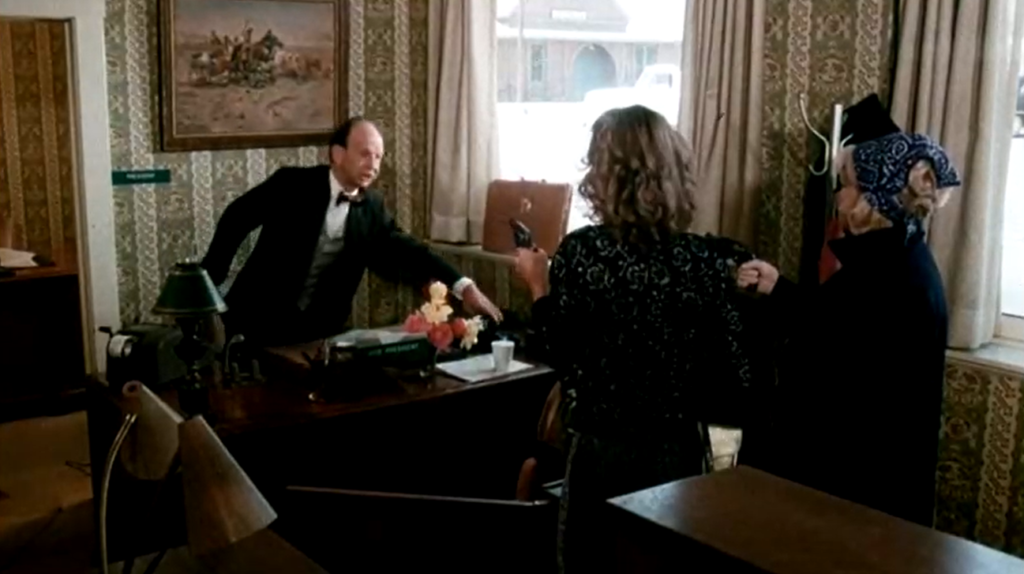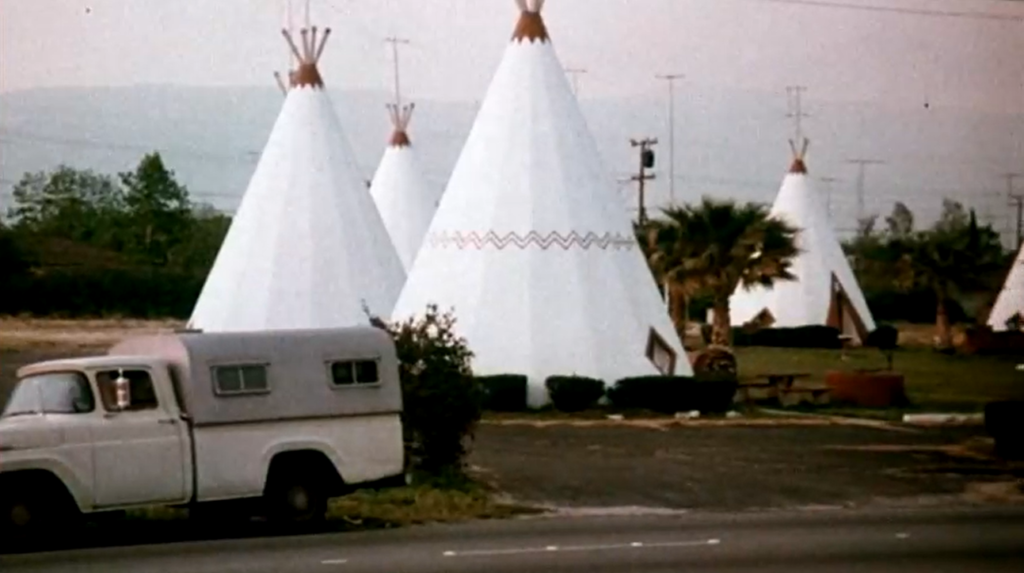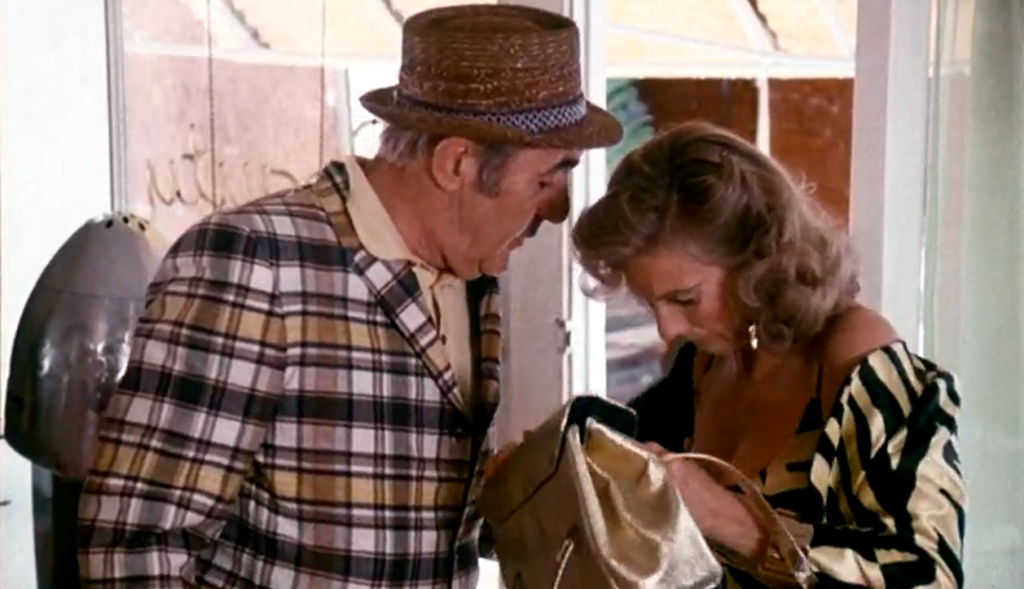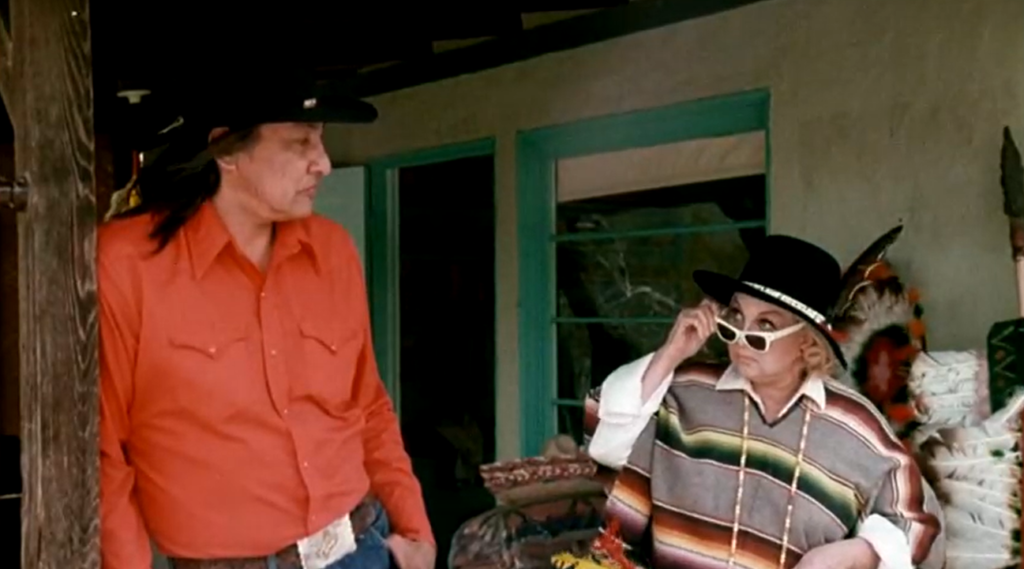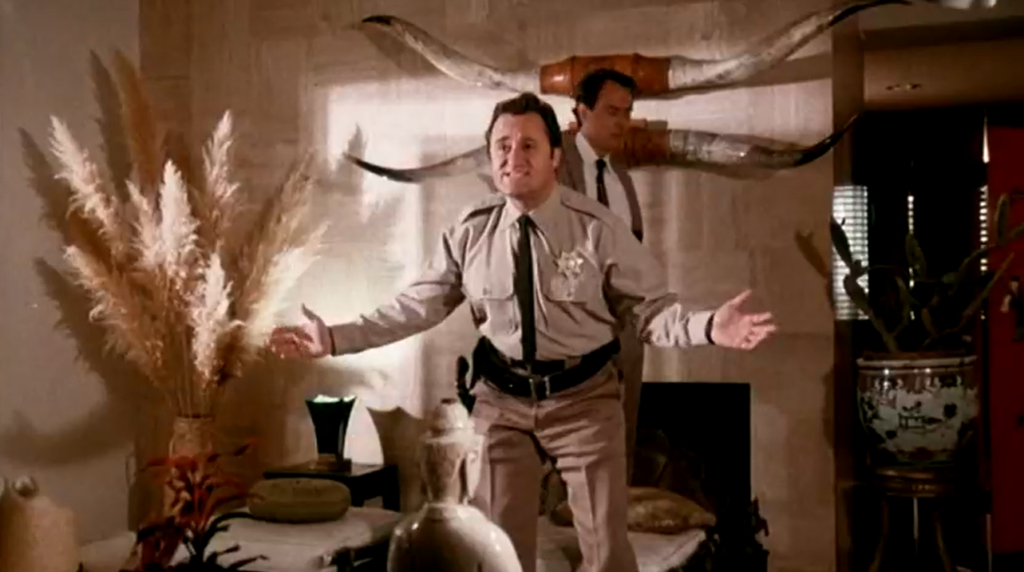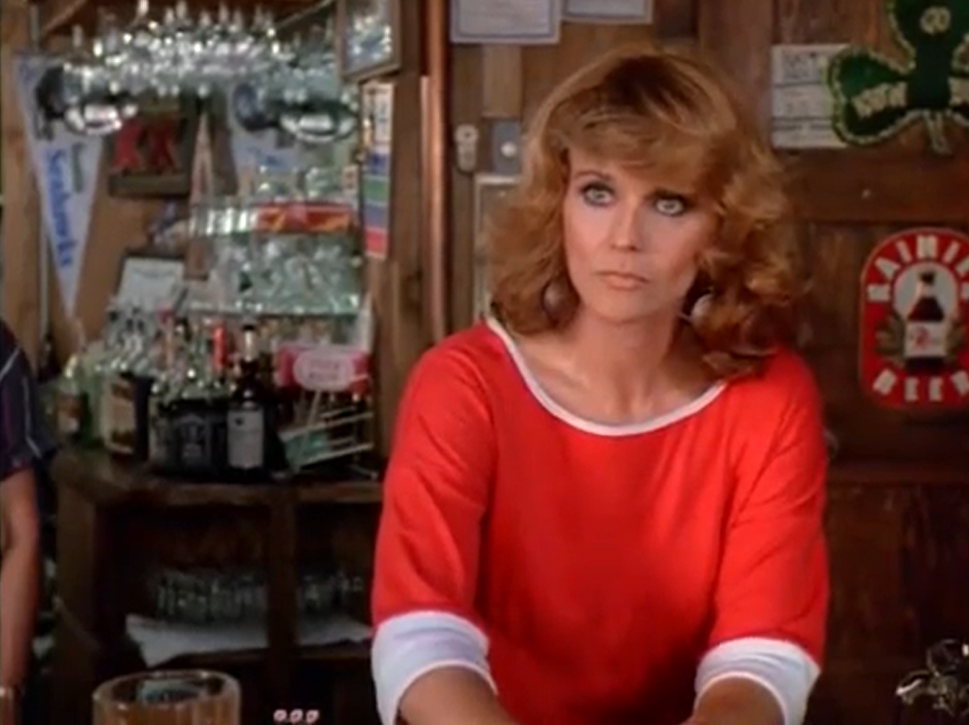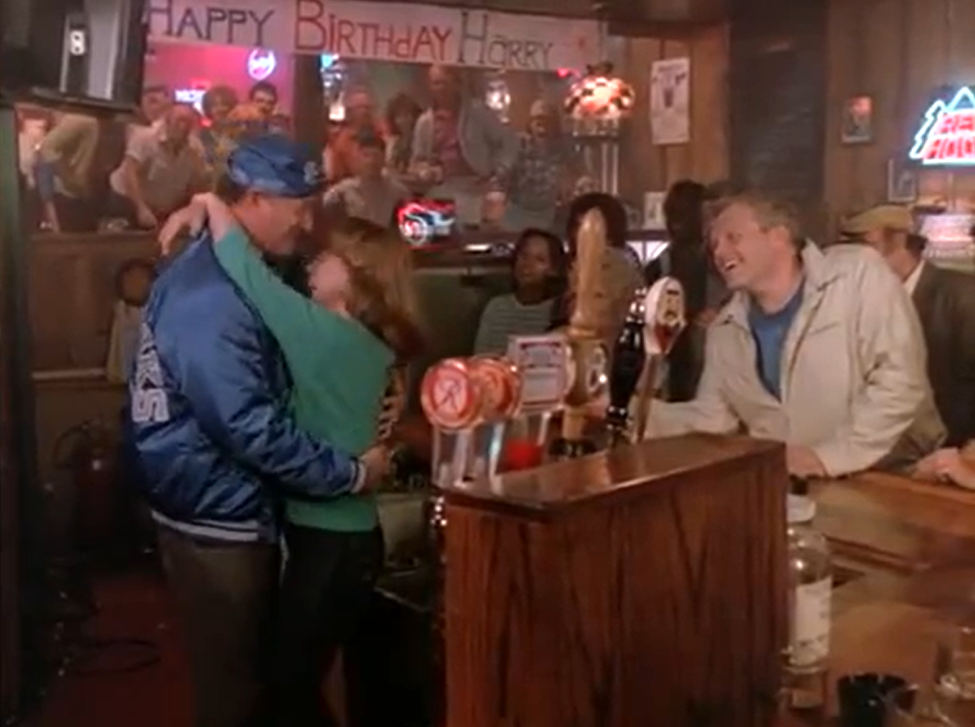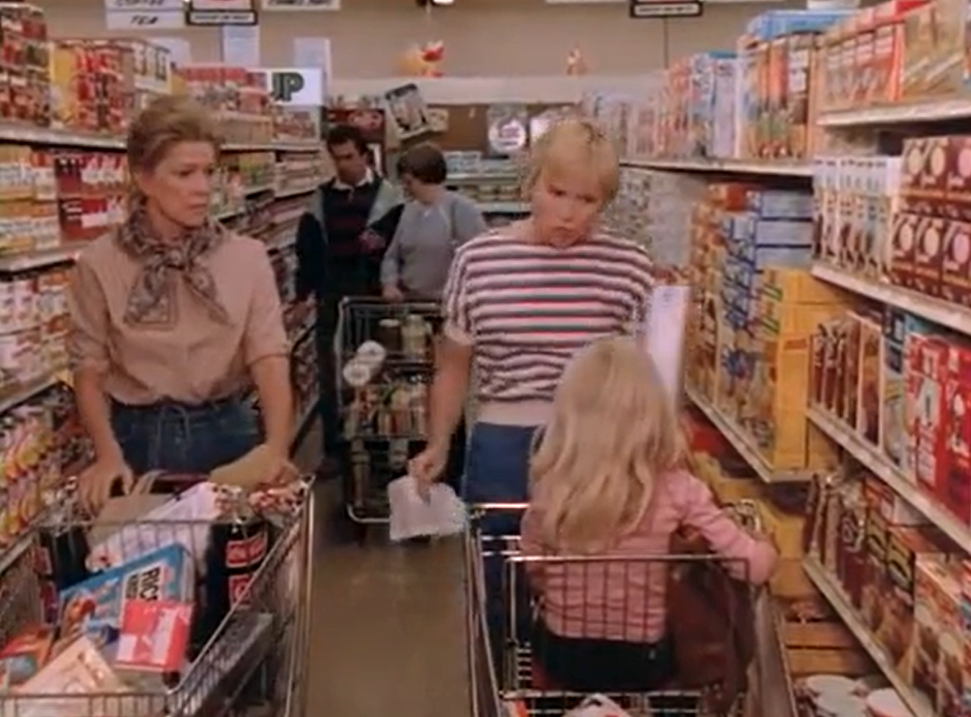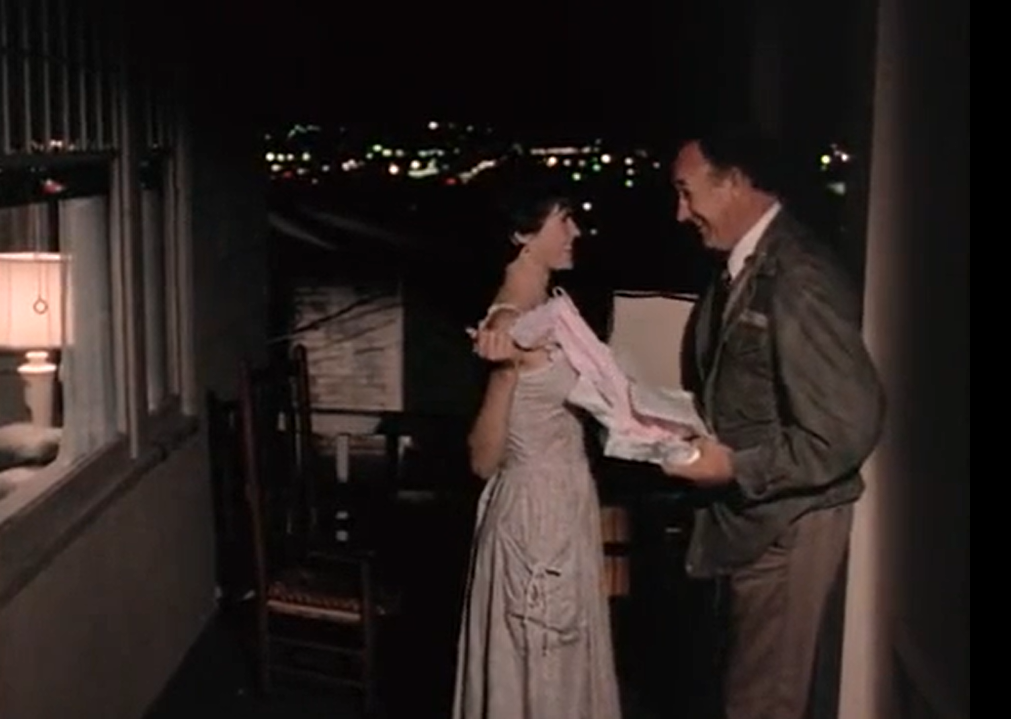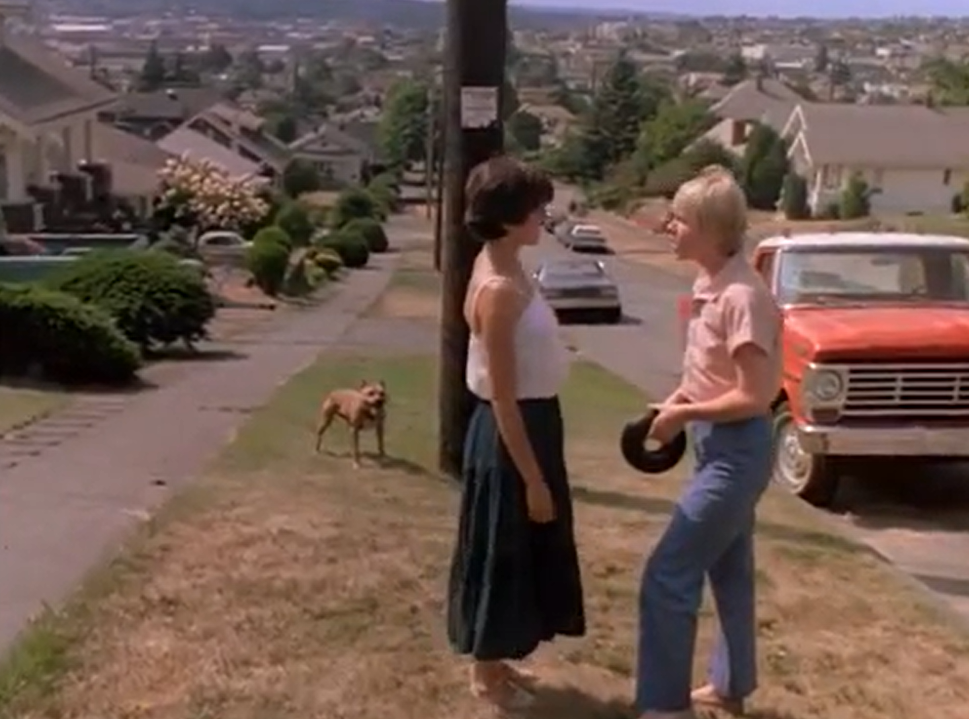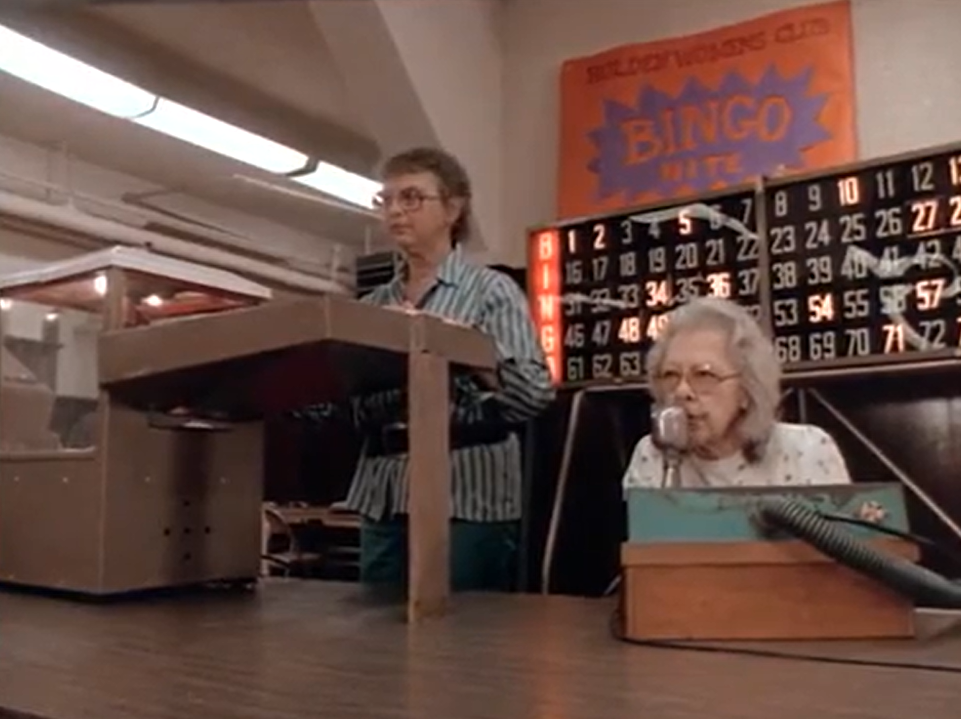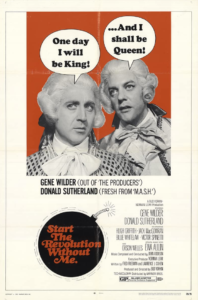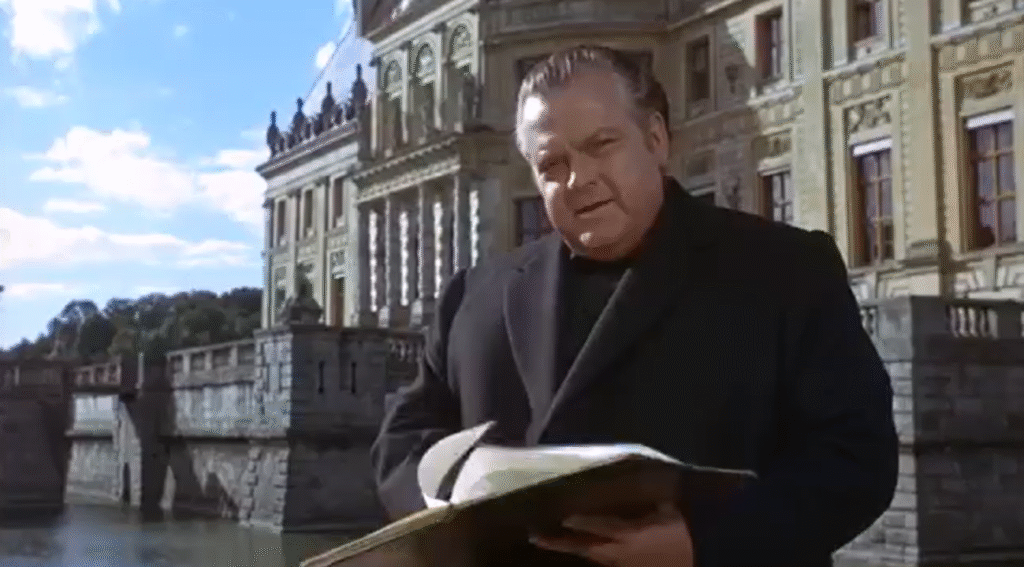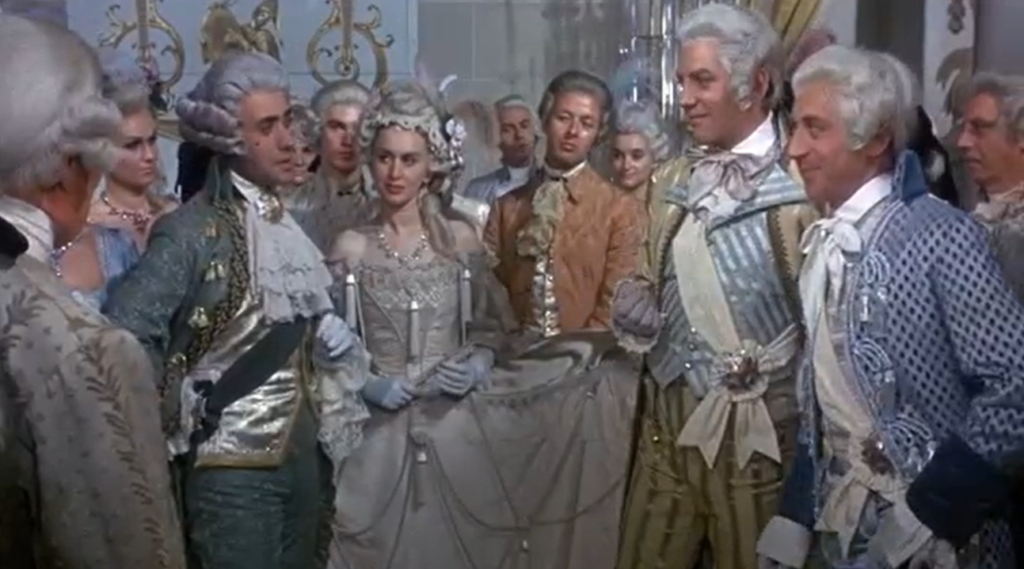Buddy Holly Story, The (1978)
“I have a sound in my head — and so far it’s not like anything we’ve done here.”
|
Synopsis: |
|
Genres, Themes, Actors, and Directors:
Response to Peary’s Review: Indeed, the film nicely highlights Holly’s musical talents above all else; we understand why and how he managed to be such an influence on so many big-name stars despite his tragically early death. Peary points out that “Busey’s portrayal has an added dimension in that he actually sings Holly’s famous songs, rather than lip-synching Holly recordings.” With that said, the story infamously “plays so much with facts that former Cricket Sonny Curtis felt inclined to write the song ‘The Real Buddy Holly Story’“, and should be closely fact-checked for those interested in the specific details of Holly’s career. Peary further argues that the “script’s conflicts are too minor: Buddy and [the] Crickets… mildly arguing about touring”: … “the group having to prove themselves to an all-black audience at the Apollo (thought to be black, they were the first white singers to perform there)”: … “Holly courting a young Puerto Rican woman (Maria Richwine)”: … and “Holly trying to persuade the studio boss (Conrad Janis) to let him produce the group’s songs.” However, he notes that the “film keeps interest, thanks to Busey” and is “consistently entertaining.” I would agree. While I immediately watched a documentary and read more about Holly’s life to correct my understanding, this is a nice introduction to his persona and music, and Busey’s engaged performance remains noteworthy. Notable Performances, Qualities, and Moments: Must See? Categories
Links: |
